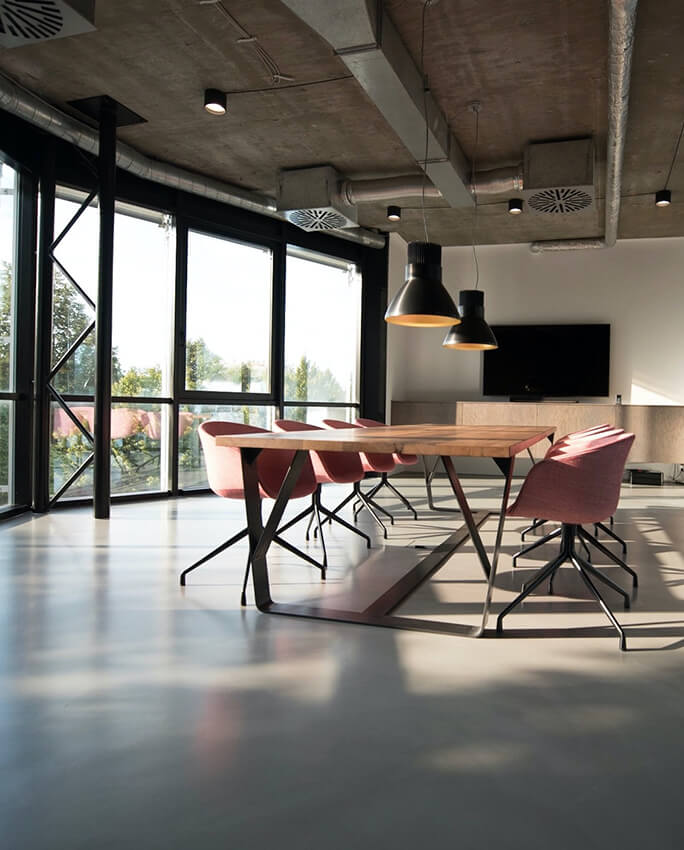 While many businesses are going through office transitions from cities to suburbs, others are unwilling to do so due to lack of access to amenities and higher costs. The commercial real estate industry is adapting to stay relevant in the present dilemma.
While many businesses are going through office transitions from cities to suburbs, others are unwilling to do so due to lack of access to amenities and higher costs. The commercial real estate industry is adapting to stay relevant in the present dilemma.
With the United States experiencing a major pandemic, one can expect drastic changes in industries. Commercial real estate sector is no exception. Surprisingly, some exciting opportunities are available for companies this year, despite some obstacles in the market. Executives now have a variety of new options for office locations. There has been a recent shift towards more suburban office developments. Even sizable companies can disburse or move their operations to smaller office spaces within suburbs and rural areas.
Contributing Factors
Many factors are contributing to the increasing demand for suburban office spaces today. The primary one cited as the most critical factor is the economic downturn. It has caused many organizations to re-evaluate their business strategies and make some significant changes in their operations. This has also led to a rapid increase in demand for space for suburban offices and co-working spaces. However, several other factors contribute to the growth of demand for rural office space. This includes expanding information technology and the increased need for more employees to meet the company’s growing demand.
In light of recent developments, executives discussed how urban-oriented business districts had experienced a massive shift in recent months. It seems that thousands of companies are leaving city business districts for suburban office developments. The NAIOP Officecast Panel included Revathi Greenwood, Cushman & Wakefield, and Black Creek Group. As this trend continues, there will likely be a need for office spaces that can provide services that are not easily met by the metropolitan area. They also must be able to serve those in the greater surrounding region. Property owners can increase amenities that are typically available in central business districts to help attract larger tenants.
Economy Shift
The latest figures show that the US economy is now at a prolonged growth rate. There is much uncertainty about the future direction in which the American economy will go. The United States Government has yet to handle the situation in a manner that benefits most American workers. Though no one wants a repeat of 2006, economists believe that US GDP levels may kick back with a robust growth this year.
The shift in these office transitions from cities to suburbs will also provide a lot of benefits to its employees and employers must understand the current workplace. For a business to succeed in modern times, it needs to develop an attitude to appeal to remote and work-from-home capabilities. The main one being that they will no longer have to commute long distances just to work. The average worker commute can take up to thirty minutes every day. When they do have to drive, there is a significant increase in fuel expenses. This is something that employees can do without and having an office closer to home can increase productivity.
Due to these benefits, many businesses simply will not be returning to the old format. As a result, the permanent work-from-home group is expected to increase by ten percent. At this rate, it is reasonable to assume that suburban office developments may overtake office real estate located in downtown locations. Workplace flexibility proves to be the key to prospering in post-pandemic America and employers must search for the most economical approach. Both temporary work-from-home employees and permanent home employees have their advantages and disadvantages. It is up to business owners to observe the differences and make an informed decision when building their work environments going forward.






